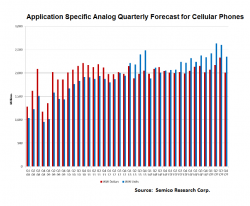In the United States alone, the Energy Information Administration estimates that in 2011, we used 461 billion kWh to light our residential and commercial properties. That equals about 12 percent of the total electricity consumed in North America.
Our first response to these numbers is to reiterate to ourselves that we should be turning off the lights when the rooms are empty. But that really depends on the light bulb you have installed. For example, with an incandescent light bulb, you have a 90 percent energy loss when it’s on, so keep that thing off as much as possible. Halogens, too, should be turned off whenever possible. Yet, when it comes to compact fluorescent lights (CFLs), they can consume more energy by being turned on and off than by just staying on, depending on how often you turn them off (Hint: If you’re coming back into the room in 15 minutes, leave it on).
The recommendations are confusing, and if you’re like me, you don’t pay attention to the type of light you have in the room. And maybe, like me, you hear your father’s voice yelling in your head to “turn off that light” every time you leave the room. Bad advice, since now I’m turning on and off my hallway CFL light bulb a few dozen times a night as I pass in and out of rooms.
